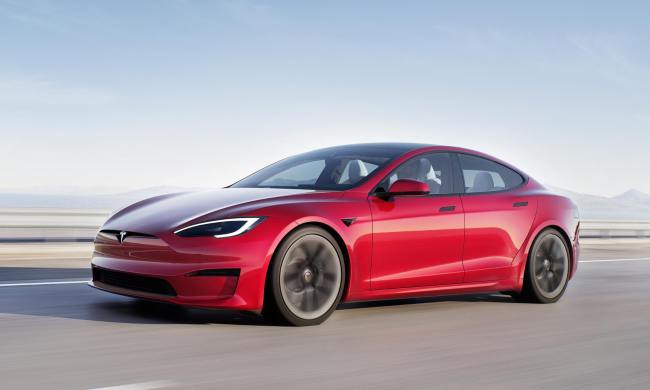Stereotypically safety-obsessed carmaker that it is, Volvo has a taken a radical step toward lower crash rates by trying to remove human drivers from the equation completely.
The Swedish company’s “Drive Me” self-driving car experiment has begun in its hometown of Gothenburg. Volvo has released 100 autonomous cars onto public roads in the city.
Each car’s “Autopilot” system allows it to autonomously change speed with traffic, stay in a lane, and merge. All of this will be tested by average customers, not technicians, as the cars navigate Gothenburg’s streets.
Volvo collaborated with the city government and Swedish transport agencies to make the project happen, probably a good idea before releasing robotic cars onto an unsuspecting public.
While the test cars won’t be allowed to drive themselves everywhere, they will mix with human-driven vehicles in uncontrolled, real-world conditions.
Cars will drive autonomously on 31 miles of roads selected because they are important commuter arteries and include both highway driving and frequent traffic slow-downs.
Volvo previously stated its conviction that autonomous cars could have significant benefits interns of both safety and fuel efficiency from more-consistent driving. So if the experiment goes well, it wouldn’t be surprising if the company moved to put Autopilot into production.
The company has even tested sensors that could be embedded in roads to help guide self-driving cars. It would be incredibly expensive to lace an entire country’s road network with those sensors, but that’s the apparently the price of safety.


